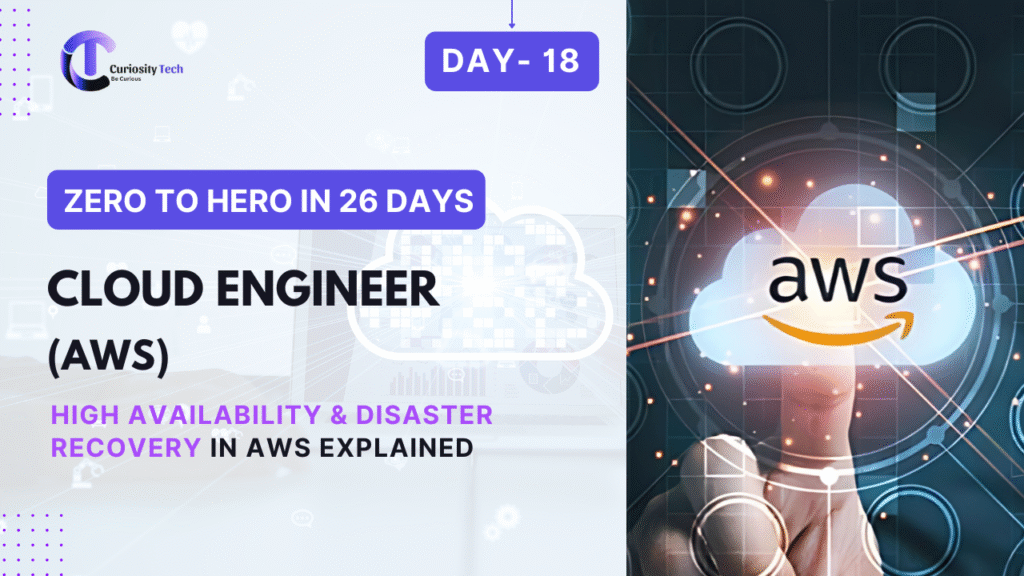Introduction
With the explosion of AI adoption, cloud AI platforms have become essential for deploying, training, and managing models at scale. They provide infrastructure, pre-built models, and deployment tools, allowing engineers to focus on building solutions rather than managing hardware.
At curiositytech.in learners in Nagpur explore Google Vertex AI, AWS AI, and Azure Cognitive Services, gaining practical skills to leverage cloud solutions for AI projects, which is a key differentiator for career growth in 2025.
1. Why Cloud AI Platforms?
Benefits of Using Cloud AI:
- Scalability: Instantly handle large datasets and high inference workloads
- Pre-trained Models: Access to advanced NLP, computer vision, and speech models
- Integration: Easy API integration into apps and workflows
- Managed Infrastructure: No need for hardware setup or maintenance
- Security & Compliance: Industry-standard certifications for enterprise use
CuriosityTech Insight: Students learn that choosing the right platform depends on use-case requirements, cost considerations, and model customization needs.
2. Google Vertex AI
Overview: Vertex AI unifies Google Cloud’s AI and ML services into one platform.
Features:
- AutoML for computer vision, NLP, and tabular data
- Training and deployment with custom models or pre-trained APIs
- Model monitoring, versioning, and endpoint management
- Integration with BigQuery and other Google Cloud services
Hands-On Example:
- Train an image classification model using Vertex AutoML
- Deploy the model as a REST endpoint
- Monitor performance and prediction accuracy using built-in dashboards
Use Cases:
- Predicting customer churn using tabular data
- Real-time image classification for industrial automation
3. AWS AI & Machine Learning Services
Overview: AWS provides a rich ecosystem of AI services, from pre-built APIs to fully customizable ML frameworks.
Key Services:
- SageMaker: Train, tune, and deploy ML models
- Rekognition: Image and video analysis
- Comprehend: NLP and sentiment analysis
- Lex: Build conversational AI and chatbots
- Personalize: Recommendation engines
Hands-On Example:
- Use SageMaker Studio to build a fraud detection model
- Deploy the model on an endpoint for real-time inference
- Monitor and log prediction metrics using CloudWatch
Enterprise Use Cases:
- Retail recommendation systems
- Fraud detection in finance
- Customer support chatbots
4. Azure Cognitive Services
Overview: Azure Cognitive Services provide pre-trained AI models accessible via APIs.
Key Services:
- Computer Vision API: Object detection, OCR, image tagging
- Language Understanding (LUIS): NLP and chatbot development
- Speech Services: Speech-to-text, text-to-speech, translation
- Anomaly Detector: Detect anomalies in time series data
Hands-On Example:
- Build a text sentiment analysis application using Azure Text Analytics API
- Integrate predictions into a web dashboard
- Use Azure Monitor for tracking usage and performance
Enterprise Use Cases:
- Healthcare document analysis
- Real-time translation and transcription services
- Quality inspection in manufacturing using computer vision
5. Comparative Analysis
| Feature | Google Vertex AI | AWS AI / SageMaker | Azure Cognitive Services |
| Pre-trained Models | Yes, AutoML & APIs | Yes, Rekognition, Comprehend | Yes, Computer Vision, LUIS |
| Custom Training | Full support | Full support | Limited (mainly via Azure ML) |
| Deployment | REST & gRPC endpoints | REST endpoints, SageMaker endpoints | REST APIs & SDKs |
| Monitoring | Built-in dashboards | CloudWatch + SageMaker metrics | Azure Monitor |
| Cost | Pay-per-use | Pay-per-use | Pay-per-use |
| Integration | BigQuery, Cloud Storage | S3, Lambda, RDS | Azure Storage, Logic Apps, Power Platform |
Career Insight:
- Learning multiple platforms increases versatility and employability
- Knowledge of cloud AI is essential for enterprise AI roles, where scalable deployment is a necessity
6. Human Story
A student at curiositytech.in in built a multi-cloud sentiment analysis project:
- Preprocessing was done locally
- Model trained on Vertex AI
- Deployment via AWS SageMaker endpoints
- Sentiment predictions integrated with a Azure-hosted web dashboard
This cross-platform exposure taught the student cloud integration, API usage, and scalable model deployment, making them job-ready for AI roles requiring cloud proficiency.
7. Practical Guidelines for Learners
- Start Small: Begin with pre-trained APIs before training custom models
- Understand Pricing: Estimate costs for training, storage, and inference
- Monitor Performance: Use platform-specific monitoring tools
- Integrate with Applications: Deploy models in web or mobile apps for practical exposure
- Document Projects: Showcase multi-cloud projects in your portfolio
CuriosityTech Tip: Students are encouraged to experiment with multiple platforms to understand strengths and limitations in different real-world scenarios.
Conclusion
Cloud AI platforms like Google Vertex AI, AWS AI, and Azure Cognitive Services are critical for scalable, production-ready AI solutions. By gaining hands-on experience at curiositytech.in, learners master model training, deployment, monitoring, and multi-cloud integration, equipping them with career-ready skills for enterprise AI projects.



